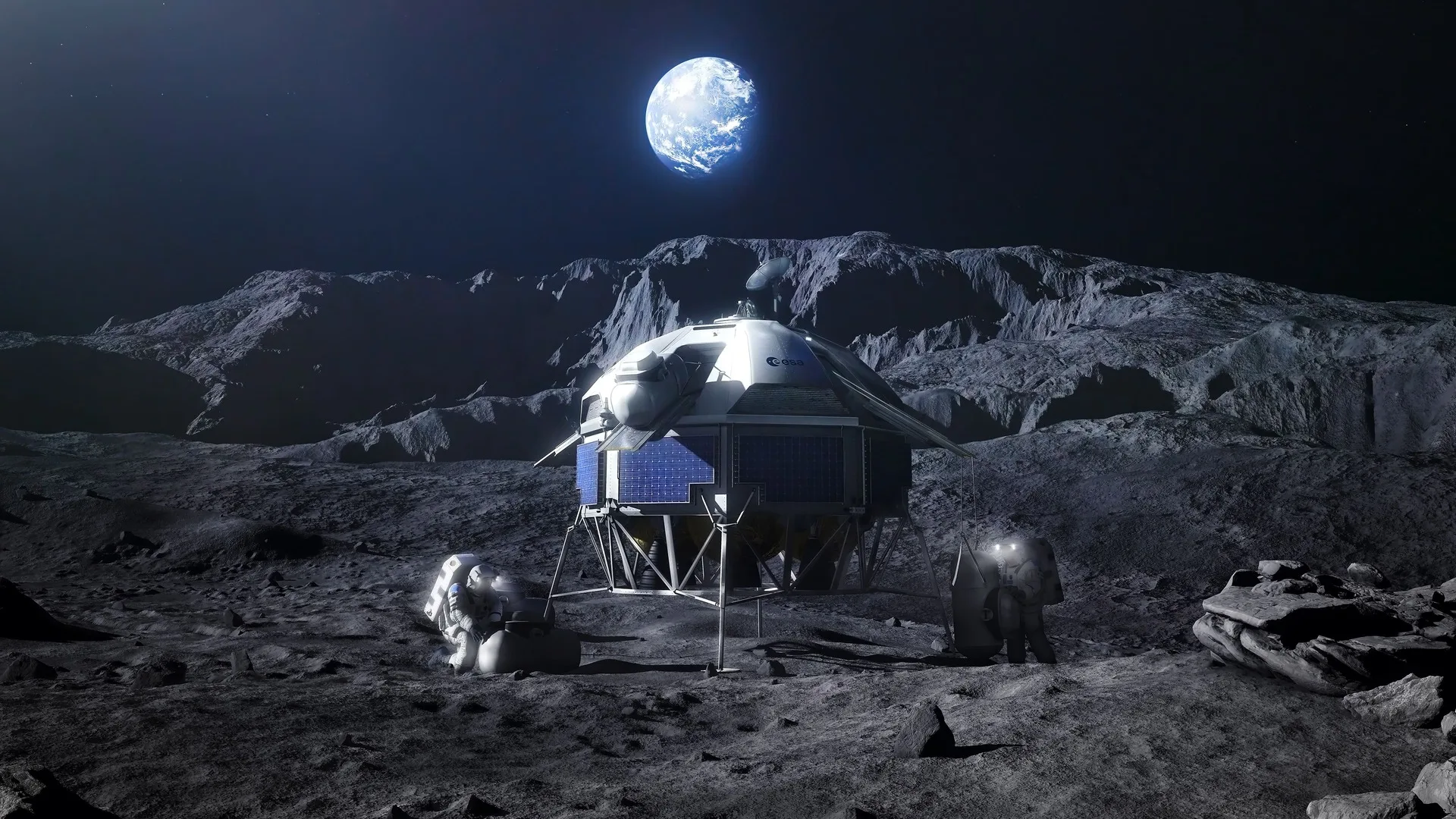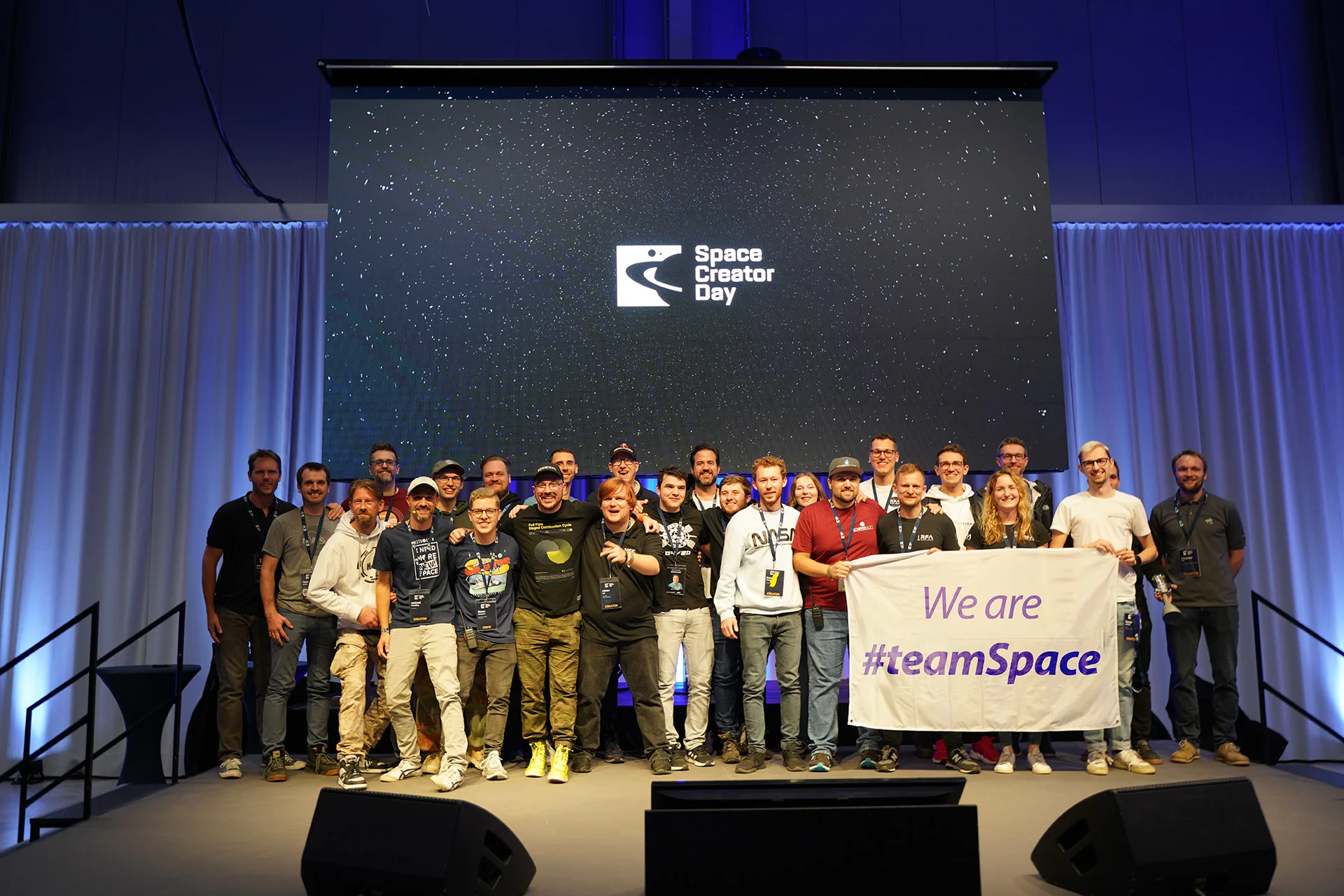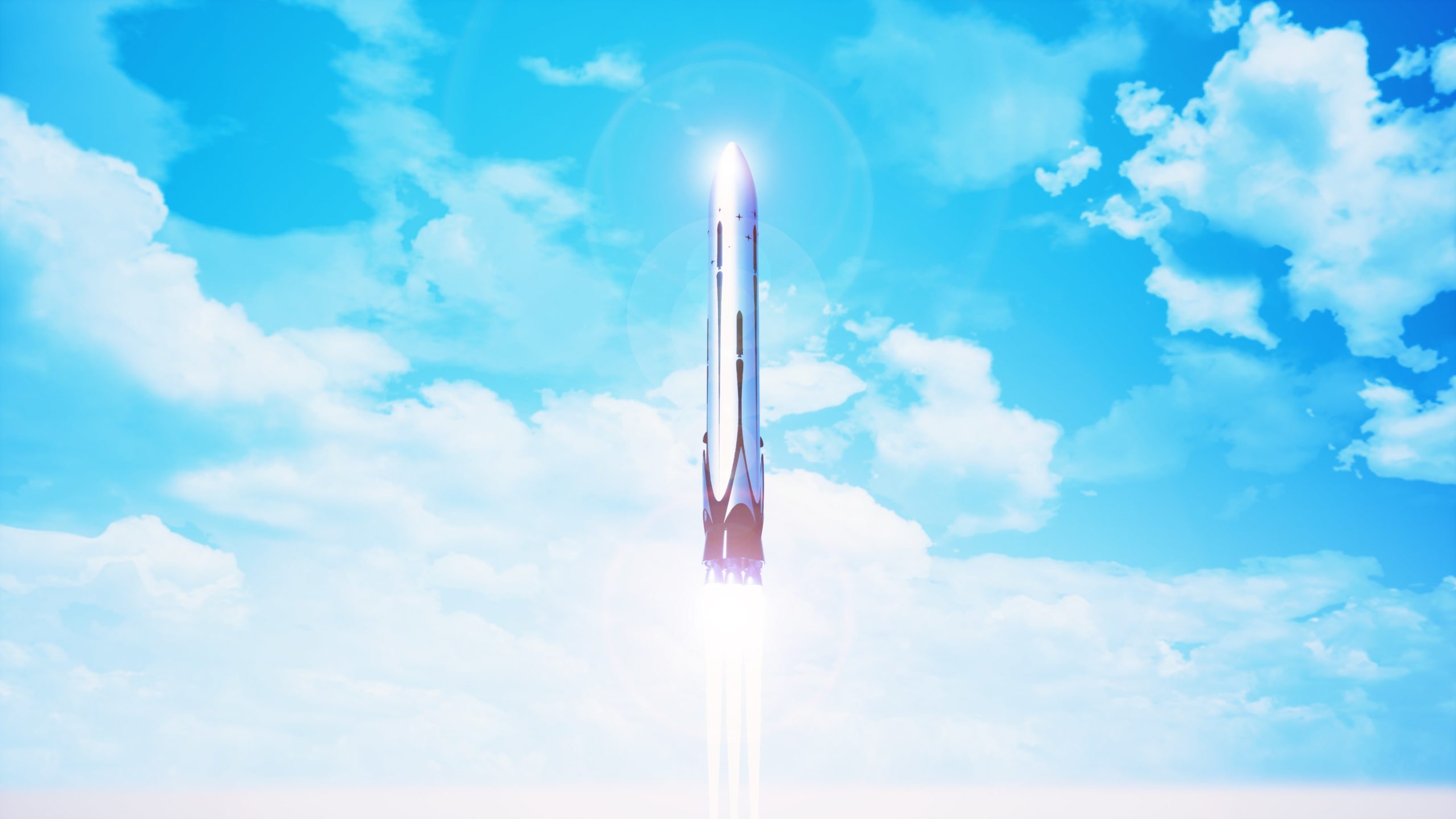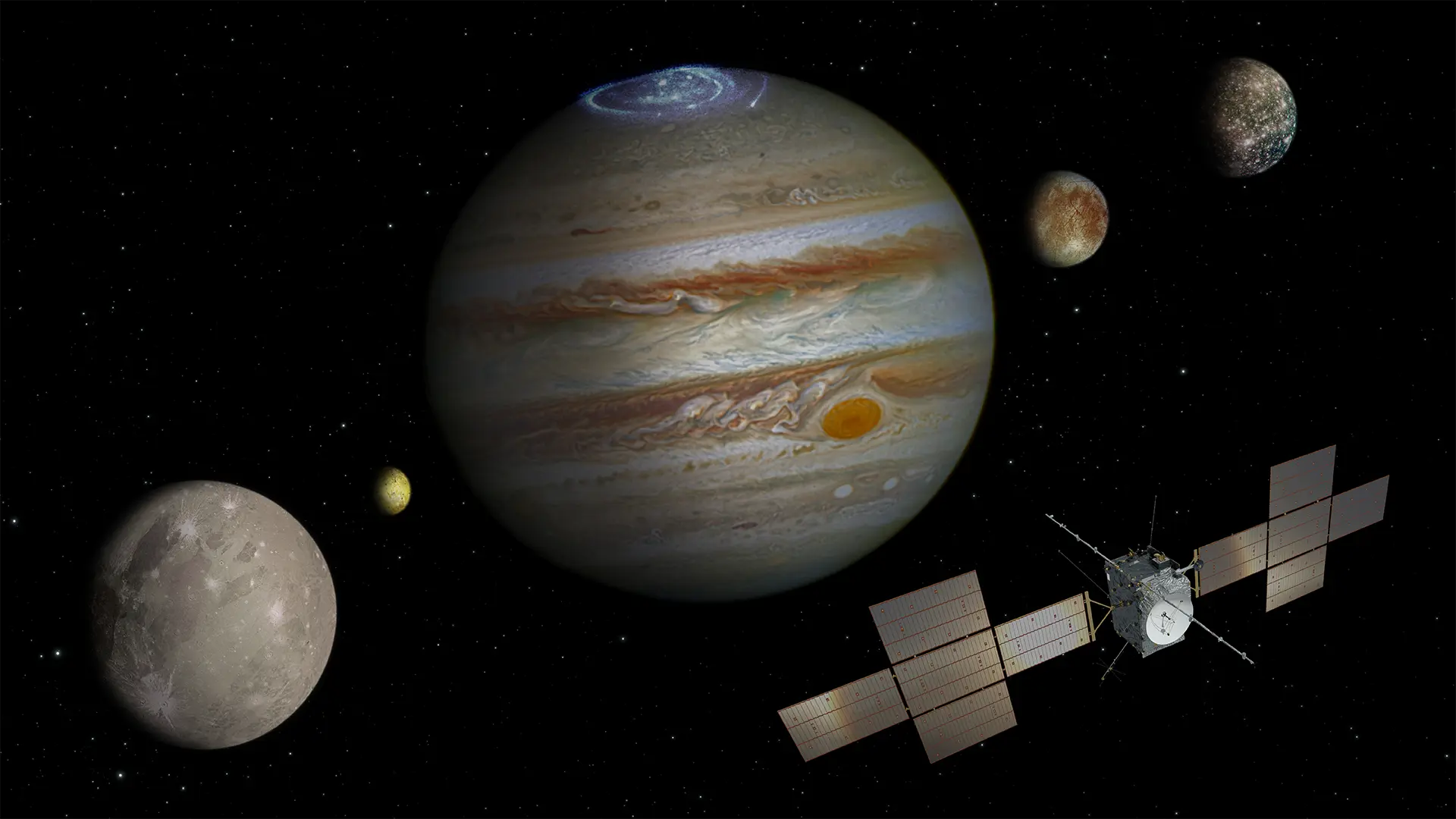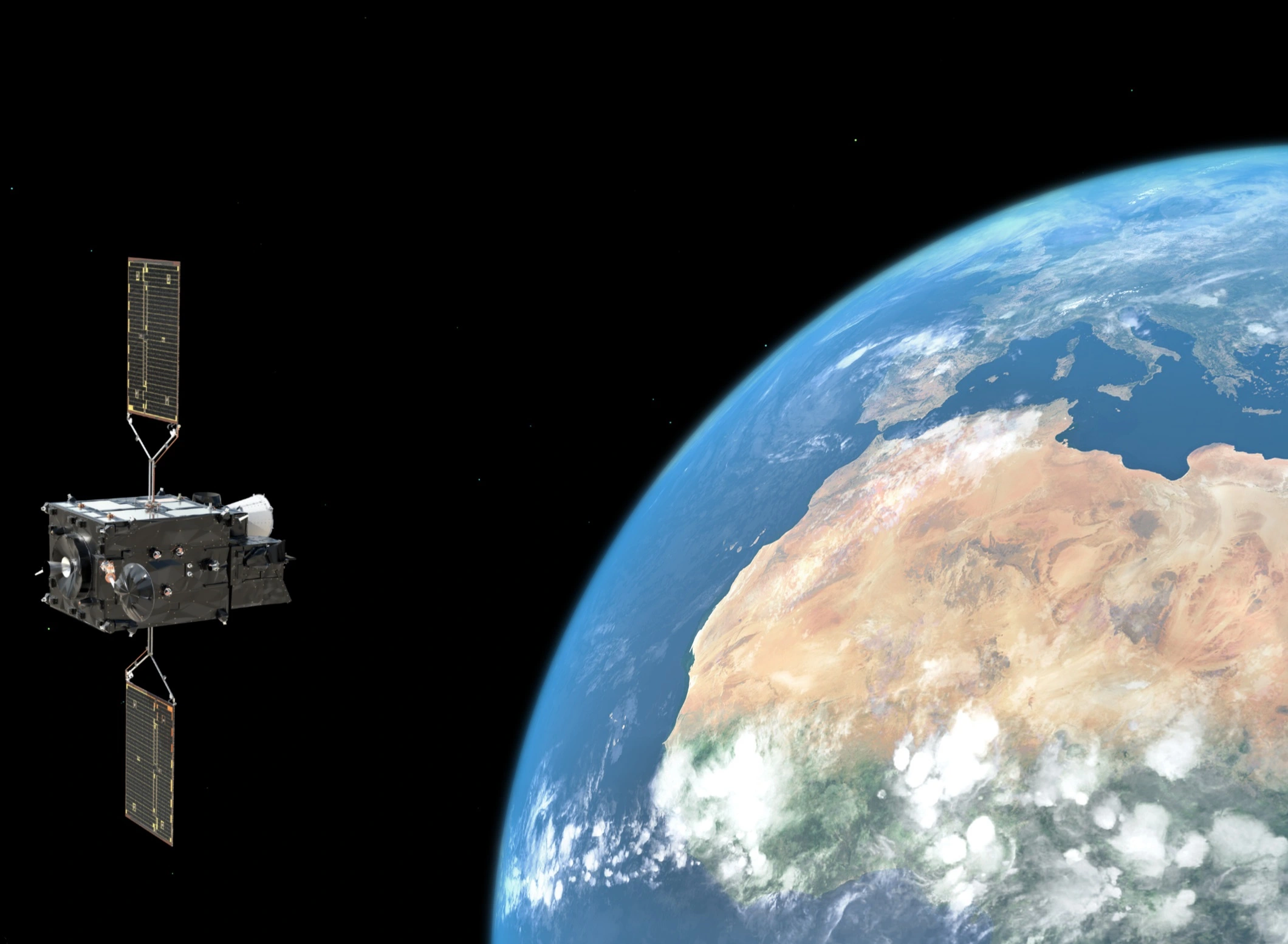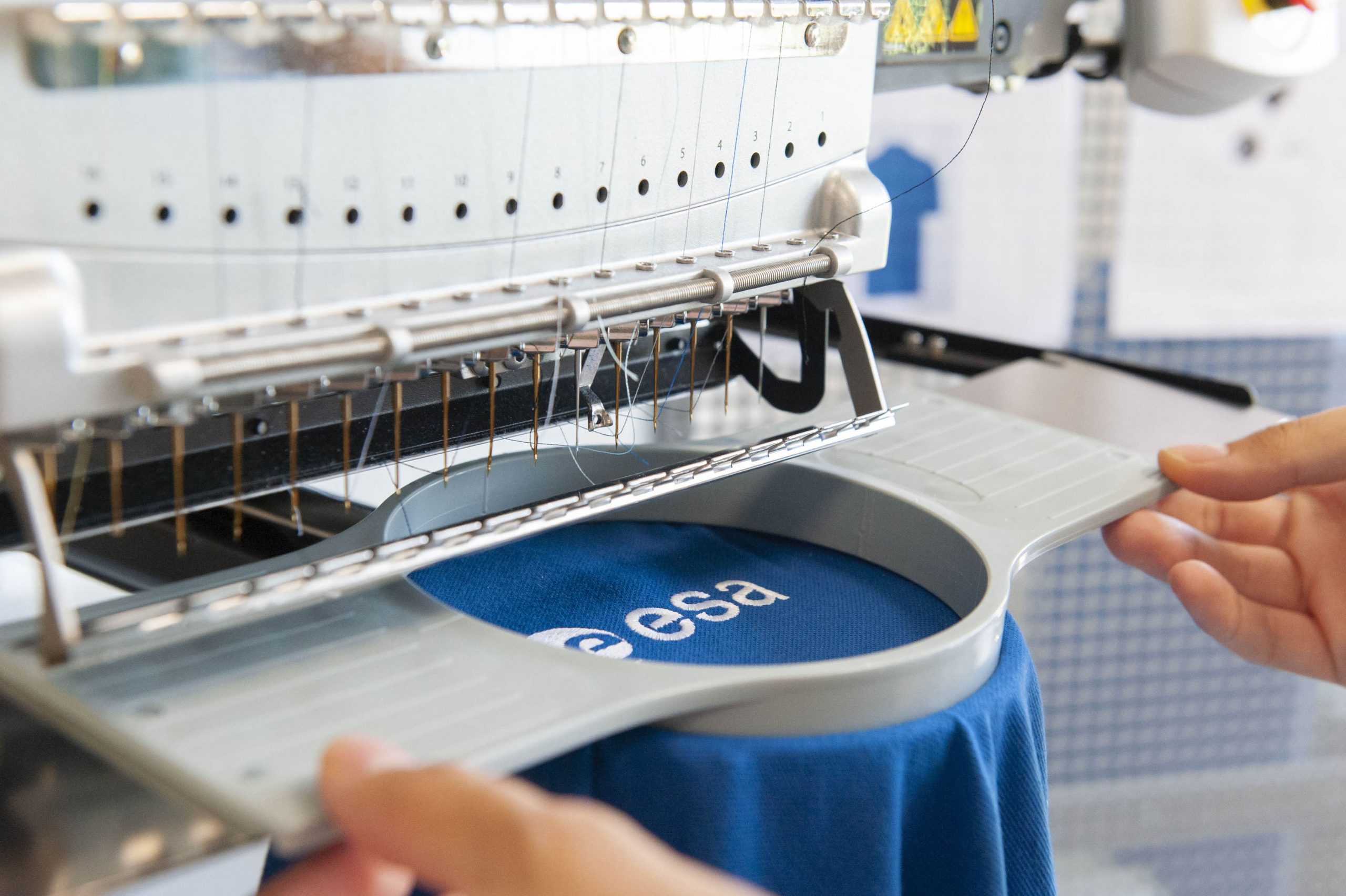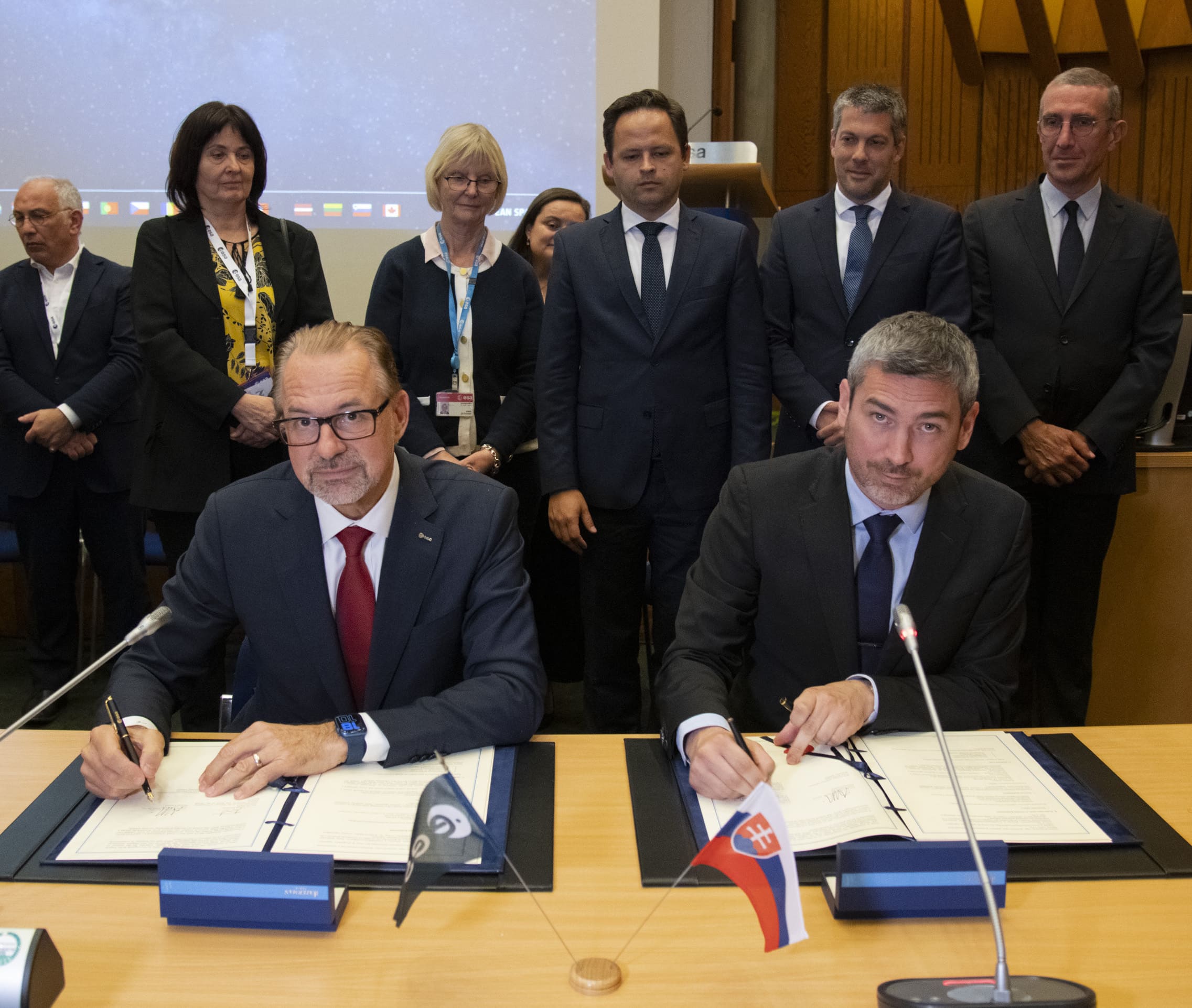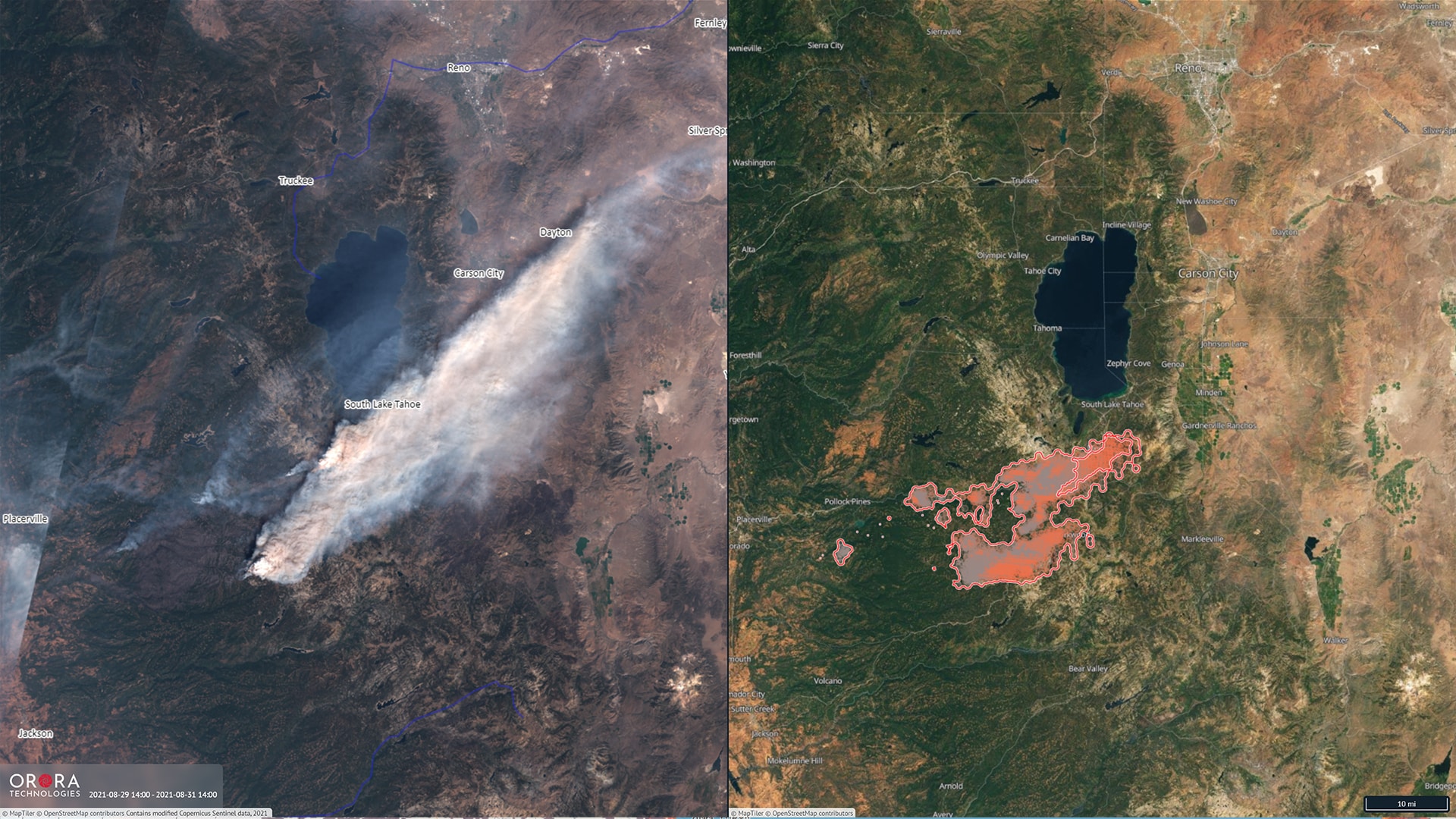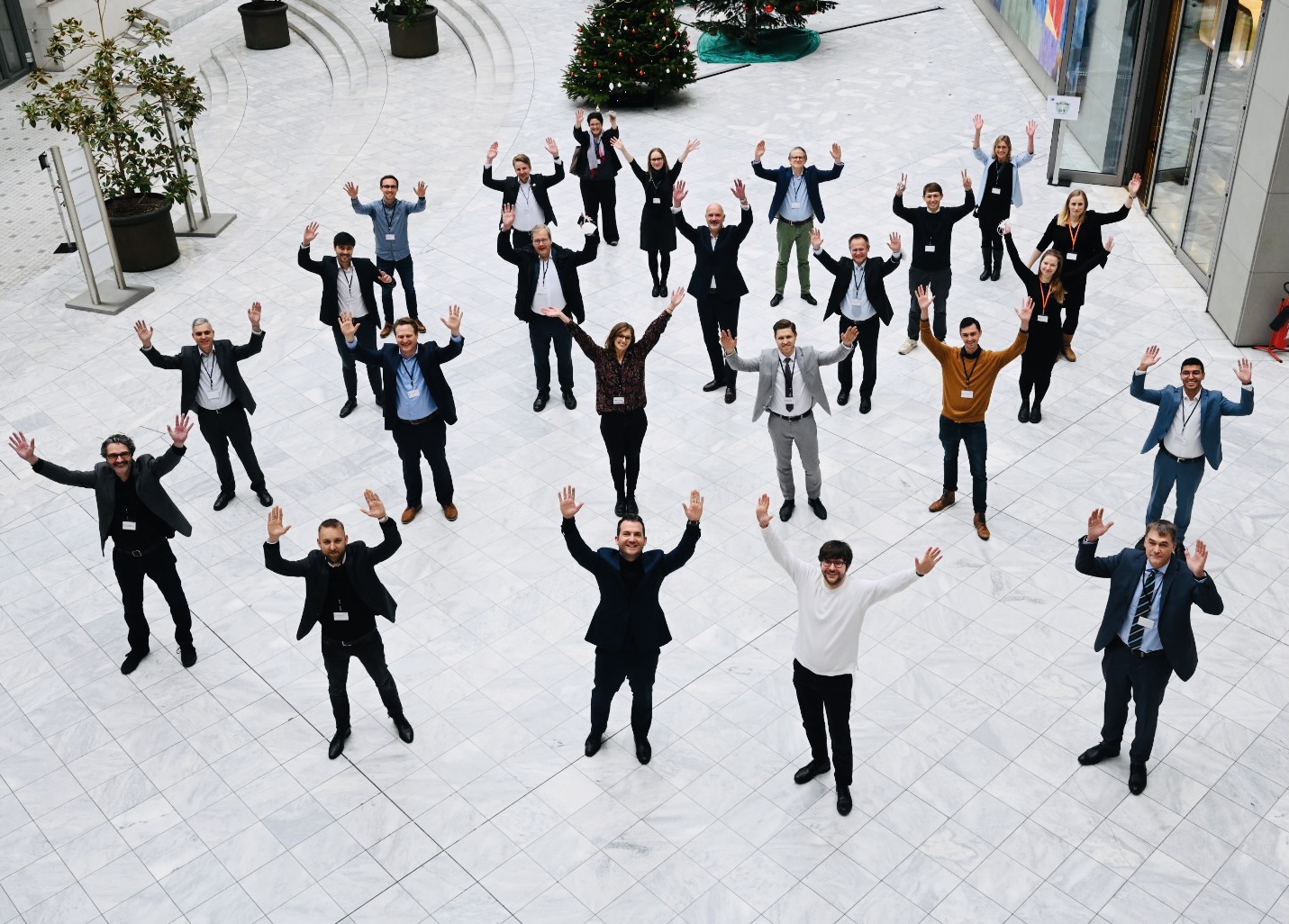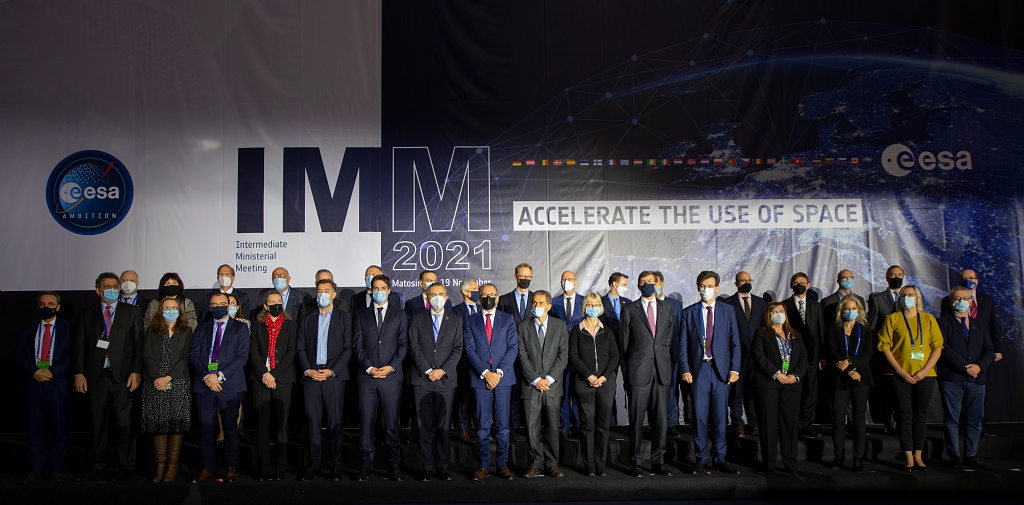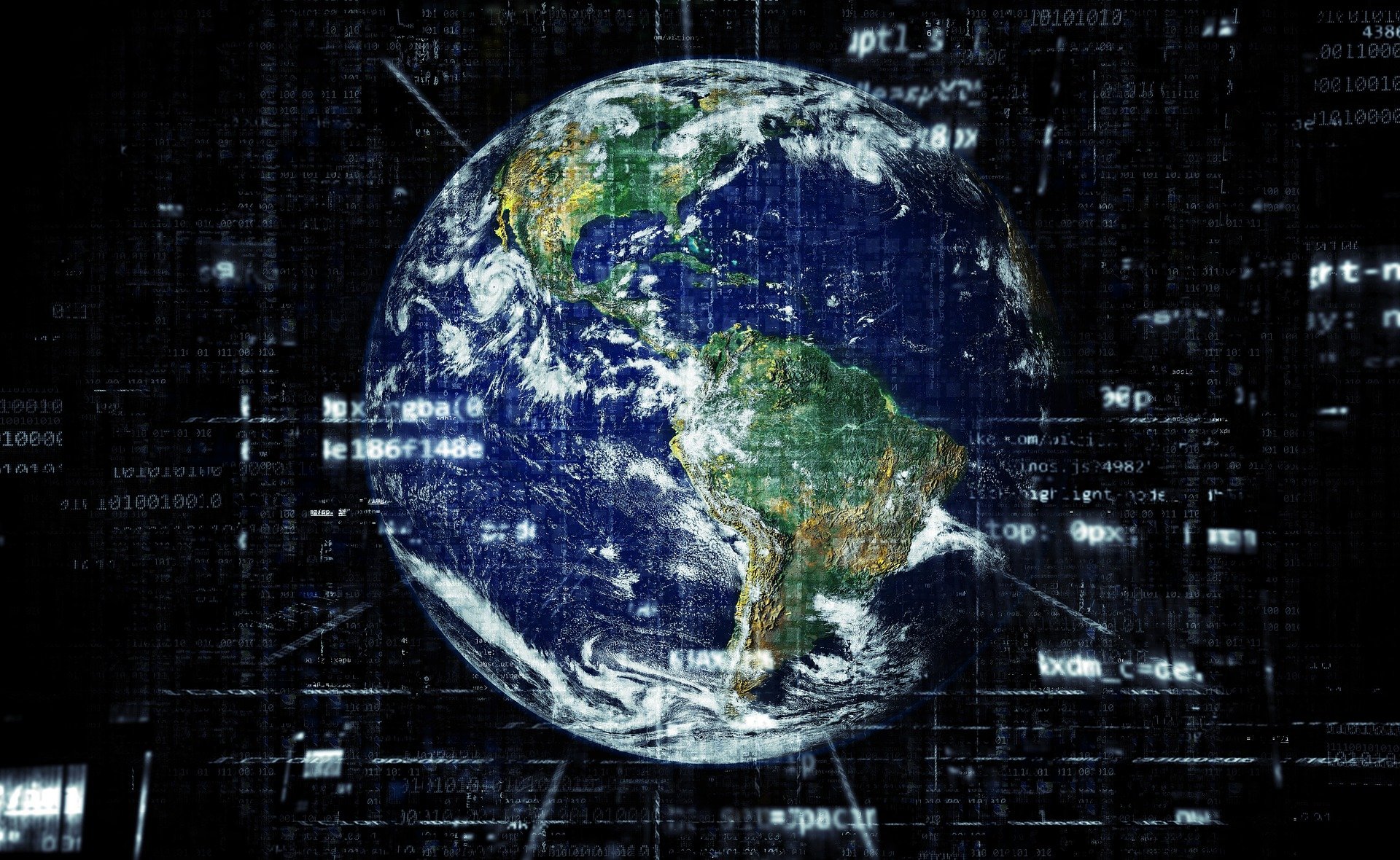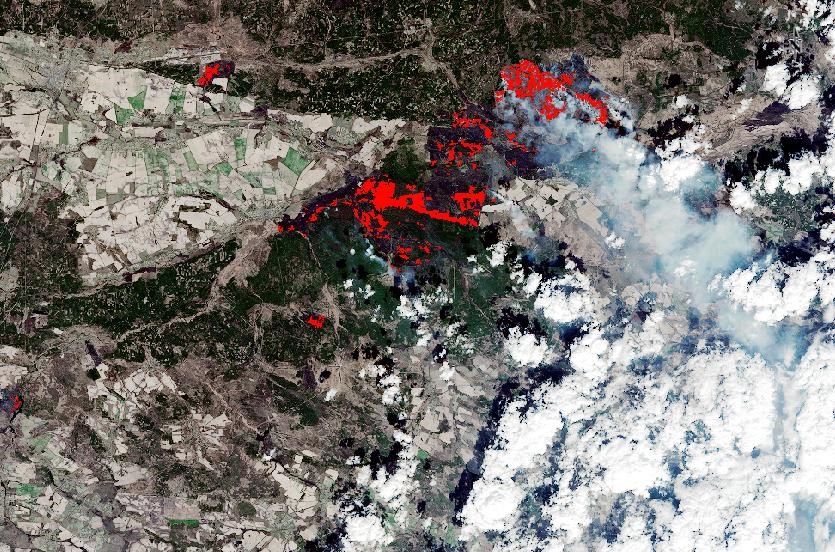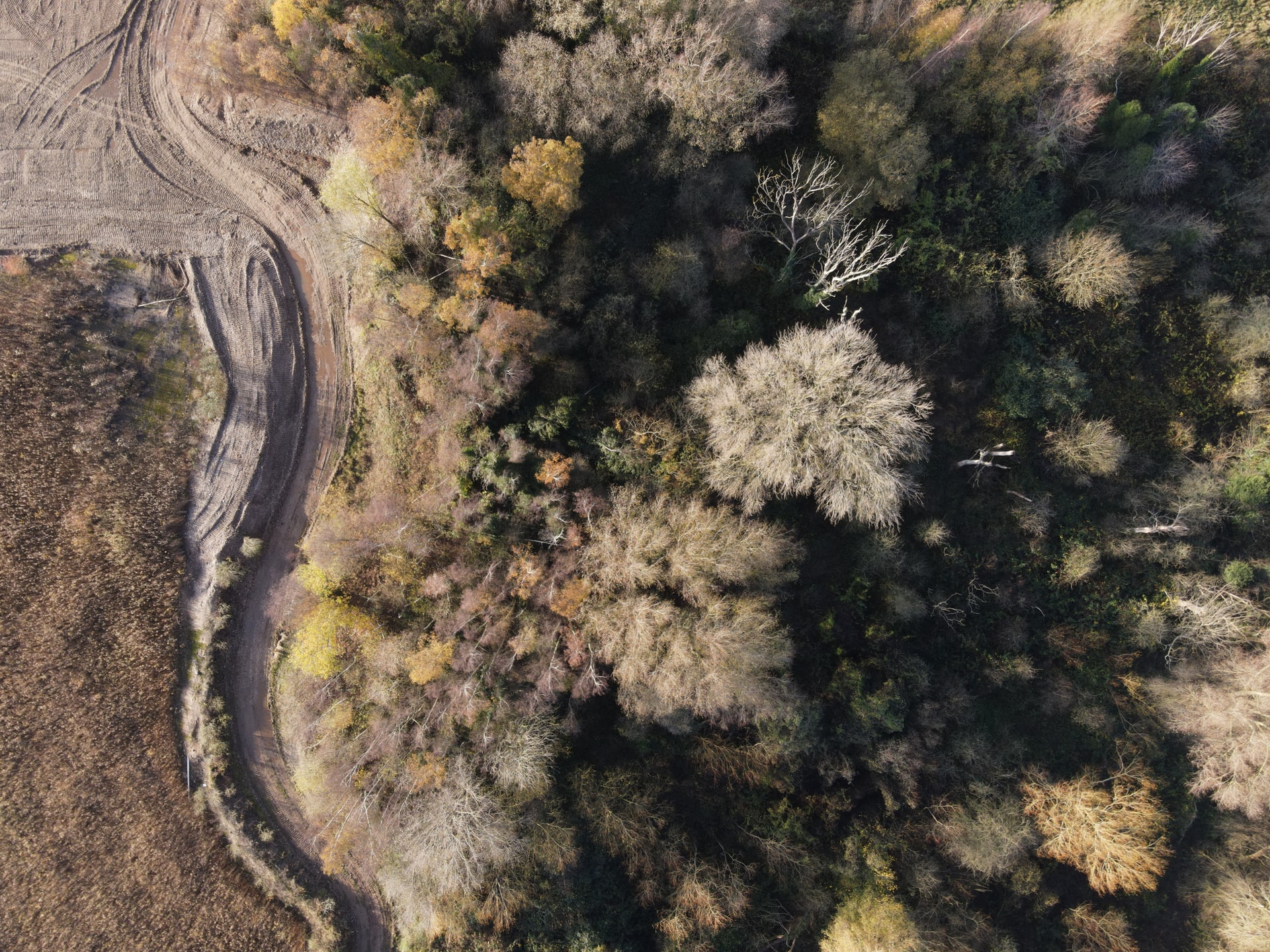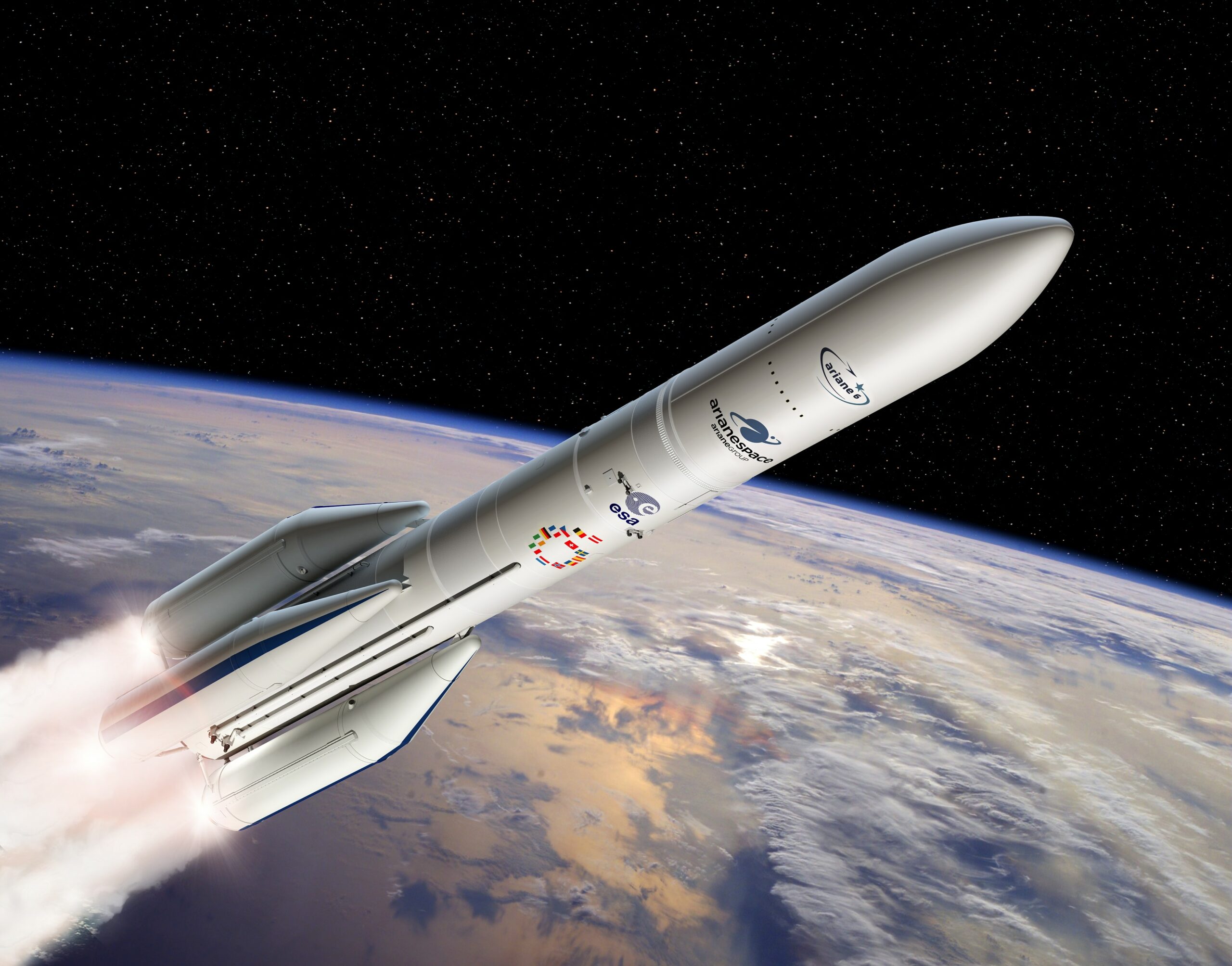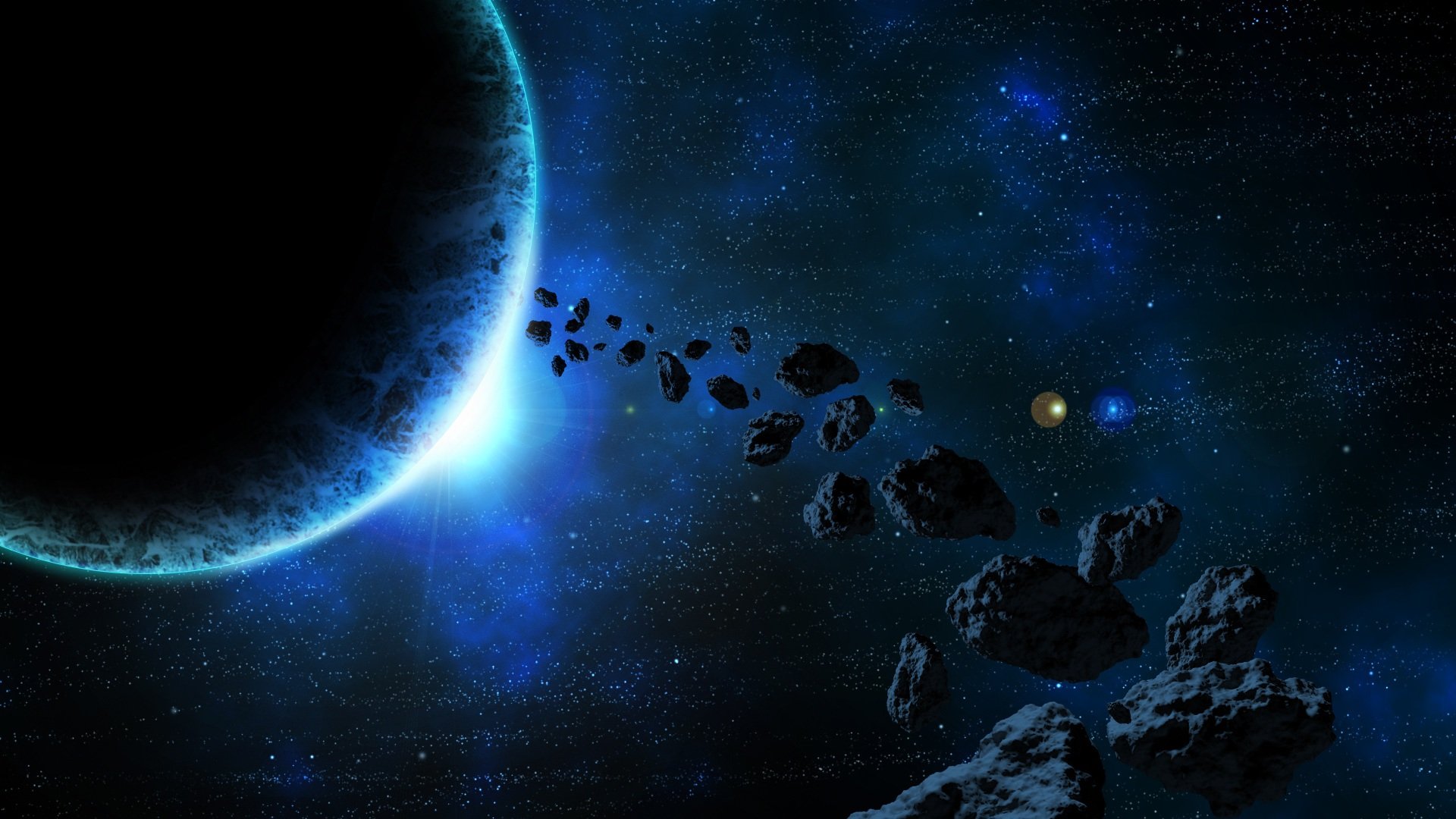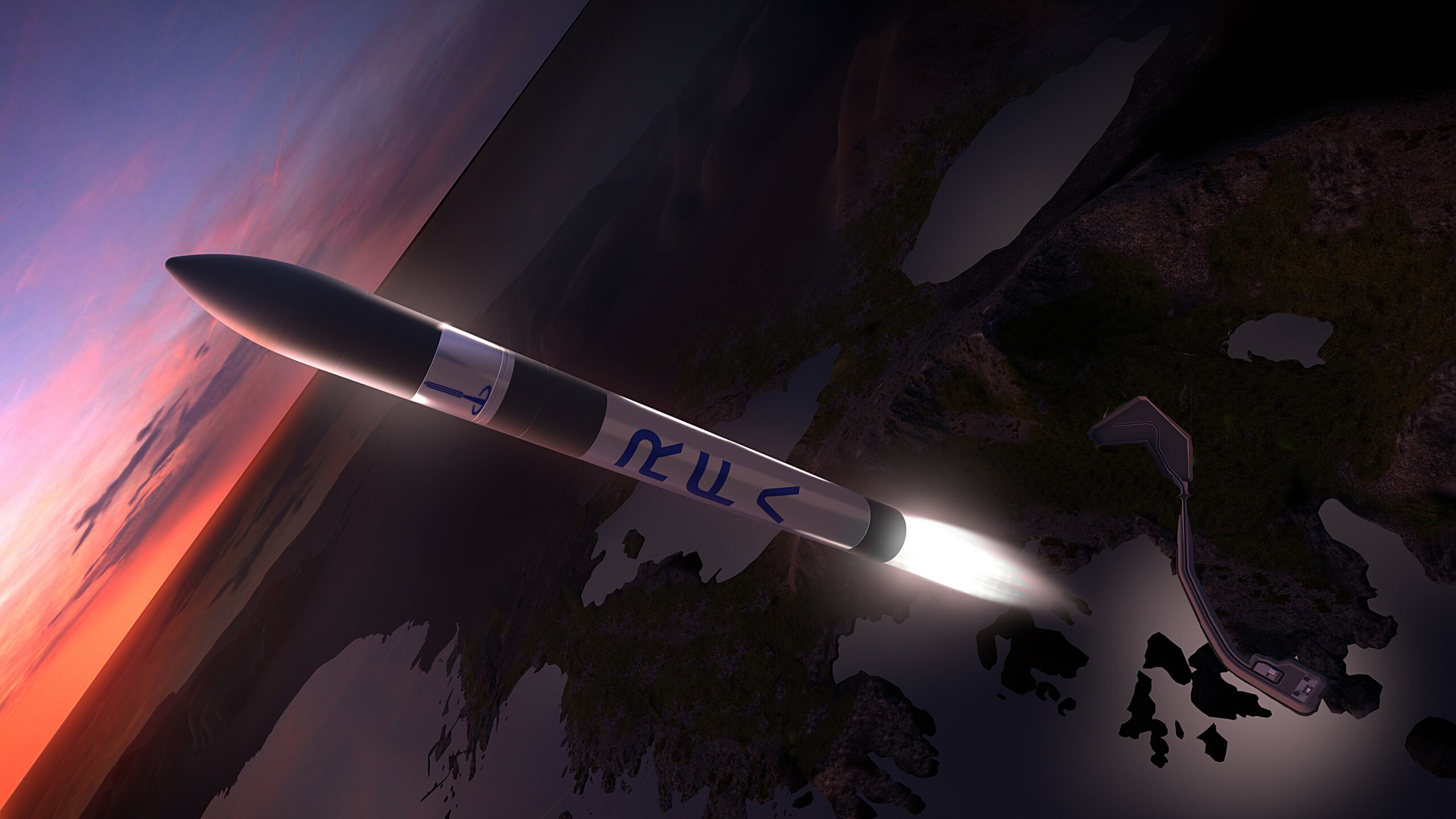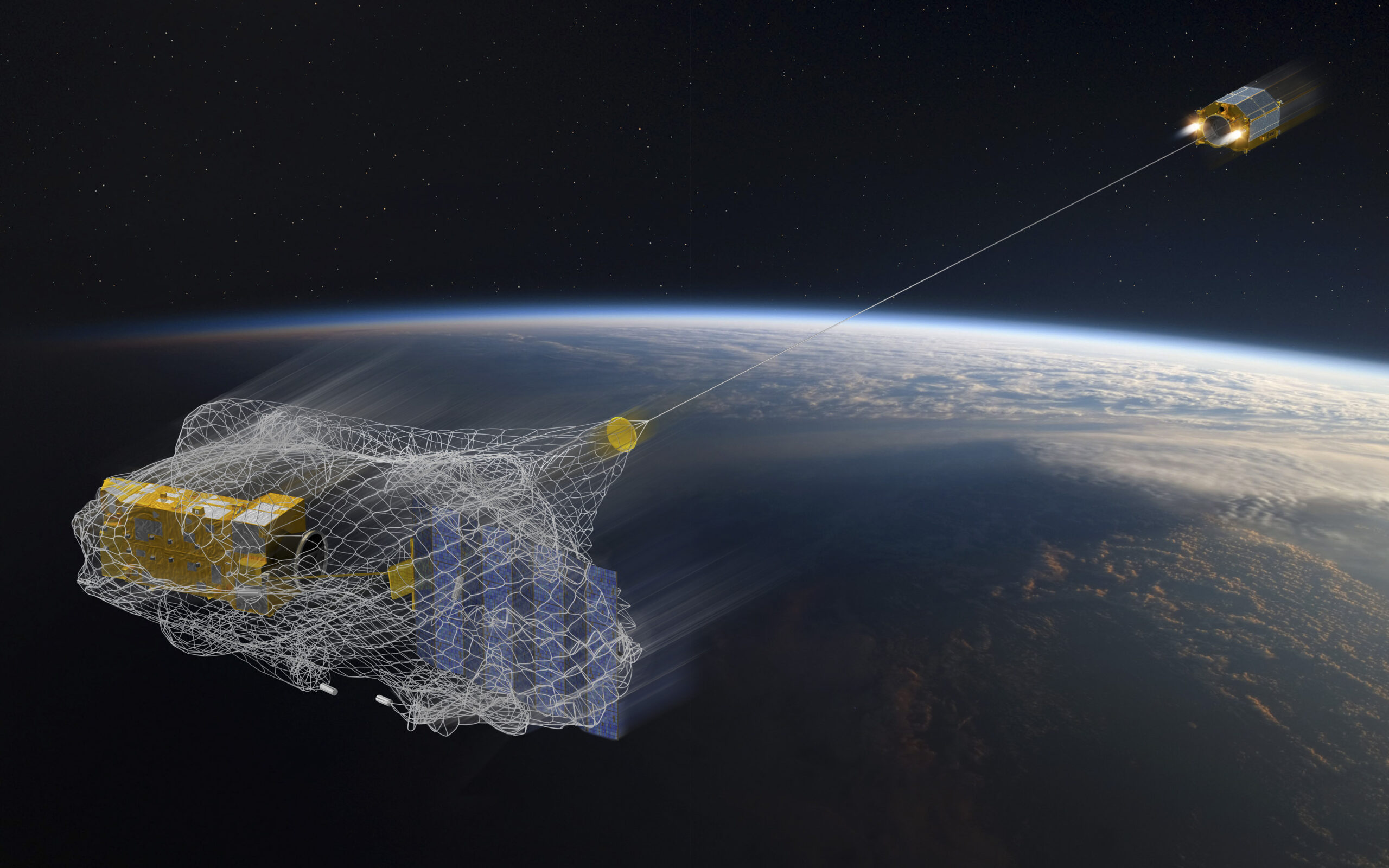
ESA aims to completely prevent generation of space debris by 2030
Published on Mon, 16.01.2023 – 10:41 CET in Politics, covering ESAOver the next few years, more than 10,000 new satellites will be launched into orbit. This will make space increasingly scarce, especially in the lower orbits. Countless pieces of debris will further reduce the available space. In response to the catastrophic deterioration of the situation, ESA has initiated the "Zero Debris Approach".
According to experts, the "point of no return" has already been reached with regard to space debris. This means that the amount of debris will continue to increase even if the launch of objects into space were to be completely stopped. However, that seems as unlikely as a moon mission did 100 years ago. The European Space Agency (ESA) has therefore set itself the goal of completely preventing the generation of debris in important orbits.
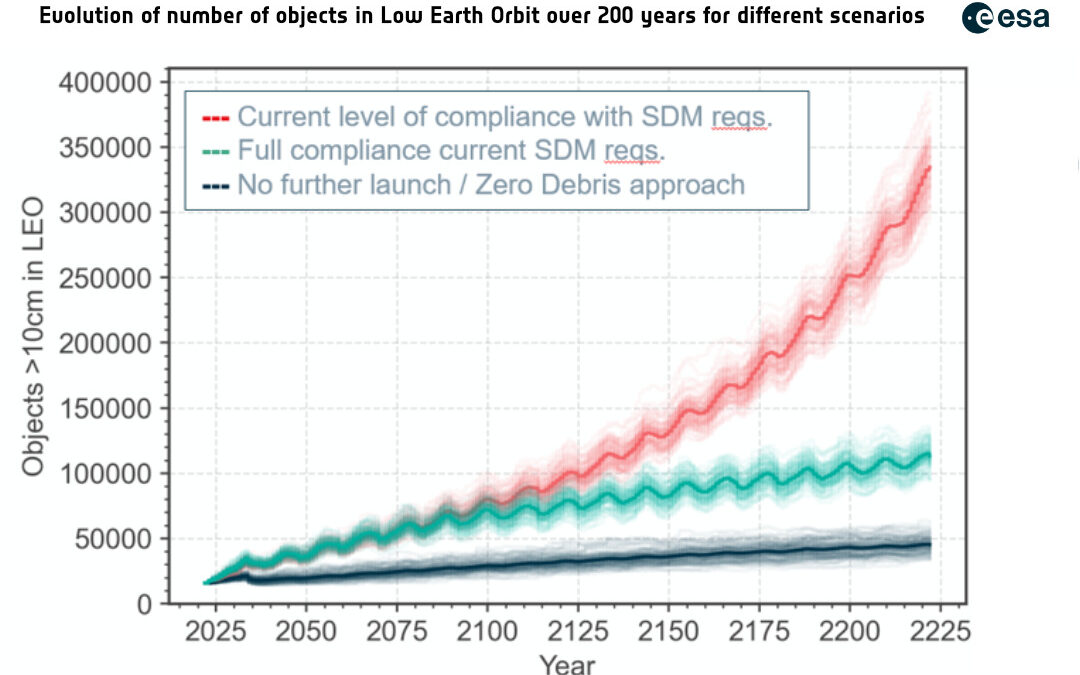
© ESA Space Debris Office
Study as a baseline for less space debris
Already in the fall of 2022, a study was conducted in the Concurrent Design Facility (CDF) at the ESA Technical Center (ESTEC). Representatives from ESA's Earth Observation, Navigation, Technology, Telecommunications and Integrated Applications, Science, and Space Transportation programs participated. Also present were representatives of industry and operators, as well as some 270 other experts from ESA, industry, government agencies and academia as observers.
The study's objectives include providing the most accurate situational awareness possible, developing recommendations, providing an initial roadmap of required actions, and presenting a schedule for phased deployment. It also recommends, among other things, mandatory active debris removal, clearance of major orbits within 5 years of mission end, and improved collision avoidance. Technologies are already being developed under ESA's Clean Space initiative to ensure that ESA satellites can reliably reach end-of-life without producing debris (typically through deorbit or reorbit).
To enable the active disposal of satellites, HPS, for example, is working on corresponding technologies. As recently as mid-December 2022, the company announced that the ADEO braking sail it had developed had passed its first test in space.
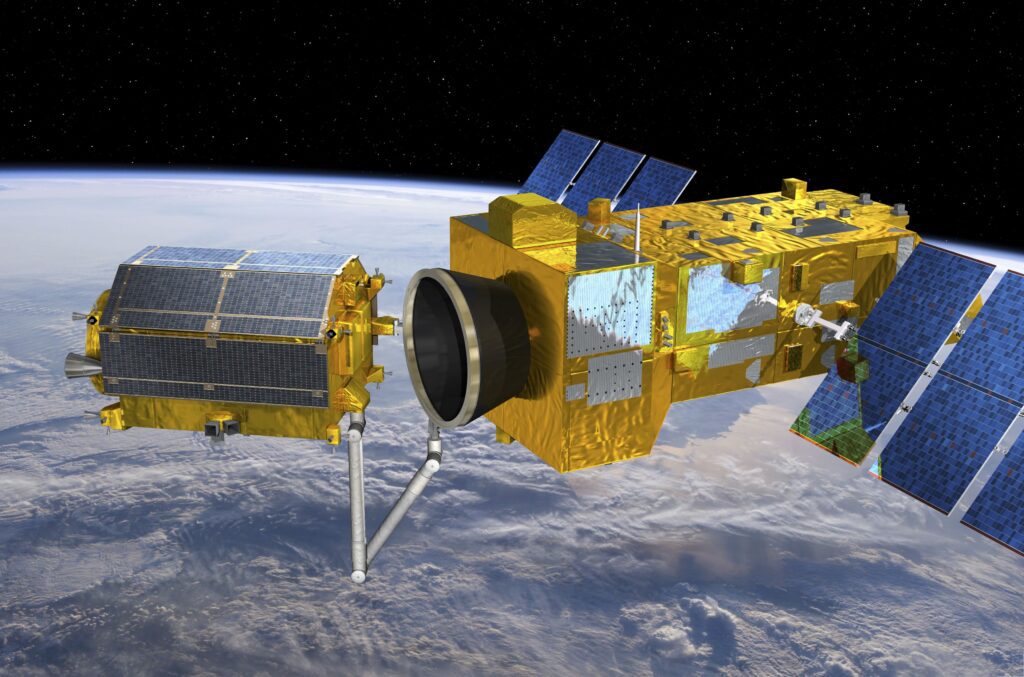
© ESA
Technical recommendations for implementing the zero debris approach
| Recommendation | Activities |
|---|---|
| Definition of valuable orbits |
|
| Guarantee for successful disposal |
|
| Improve orbital clearance |
|
| Avoid in-orbit collisions |
|
| Avoid internal break-ups |
|
| Prevent intentional release of space debris |
|
| Improve on ground casualty risk assessment |
|
| Guarantee dark and quiet sky |
|
| * final numerical values must be consolidated |
To completely avoid the generation of space debris by 2030 is a noble goal. To achieve it, the next step is to begin both studies and technical development. The plan is to be able to provide the necessary technologies and norms within the next seven years.

